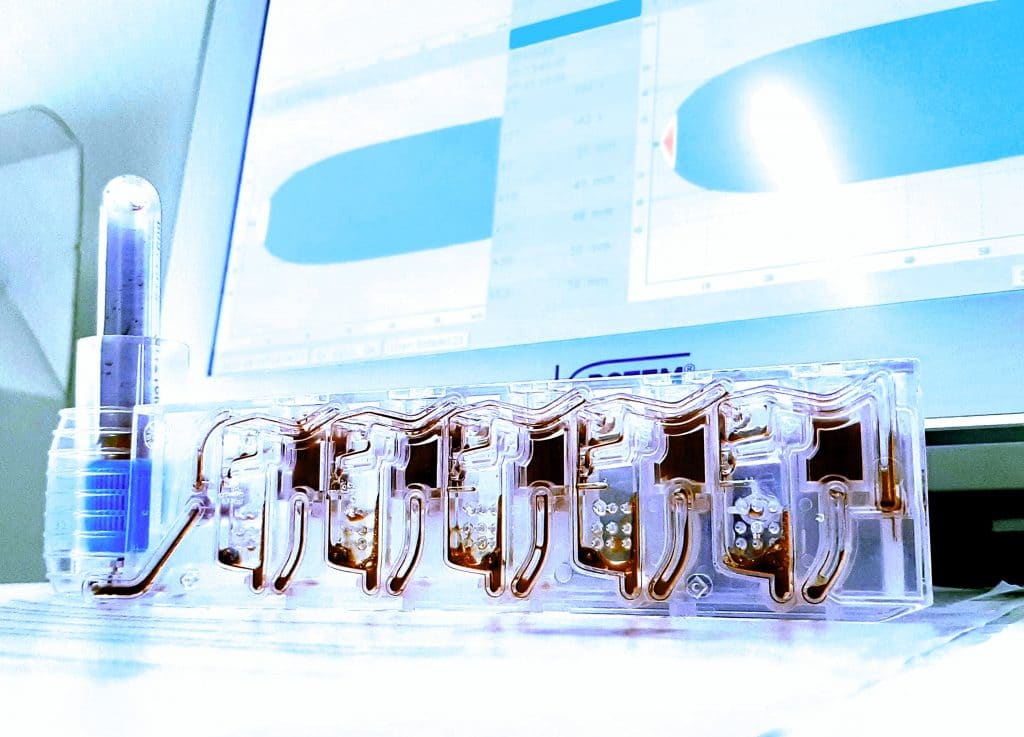The Use of Thromboelastography (TEG) and Rotational Thromboelastometry (ROTEM) in Neonates: A Systematic Review

“Developmental hemostasis” refers to the dynamic process of gradual hemostatic maturation. Conventional coagulation tests seem to fail to accurately depict the in vivo hemostasis, while viscoelastic tests, thromboelastography (TEG), and rotational thromboelastometry (ROTEM) appear very promising as they provide insight more rapidly and accurately into the hemostatic potential. We systematically reviewed the literature in PubMed to examine the use of TEG and ROTEM in neonates. Our search yielded 34 studies, of which 18 concerned healthy neonates and 16 sick neonates. These viscoelastic tests have shown accelerated initiation of coagulation, increased clot strength, and increased fibrinolysis in healthy neonates compared to children and adults. Cord blood leads to a hypercoagulable state as compared to whole blood when testing is performed with TEG. Pre-term neonates have a more hypocoagulable profile, but balanced hemostasis, related to term neonates, that evolves to a more procoagulant phenotype over the first month of life. Critically ill neonates exhibit a more hypocoagulable profile as compared to healthy neonates. TEG and ROTEM have shown predictive value for bleeding events in critically ill neonates and neonates undergoing cardiopulmonary bypass or therapeutic hypothermia.
Conclusion: TEG and ROTEM need to become part of the standard coagulation assessment in clinical settings in which hemostatic abnormalities are involved, as they seem to provide more rapid and accurate information regarding the hemostatic profile of the neonates. Their predictive value for bleeding events in critically ill neonates could lead to a more targeted therapy optimizing utilization of blood products.
